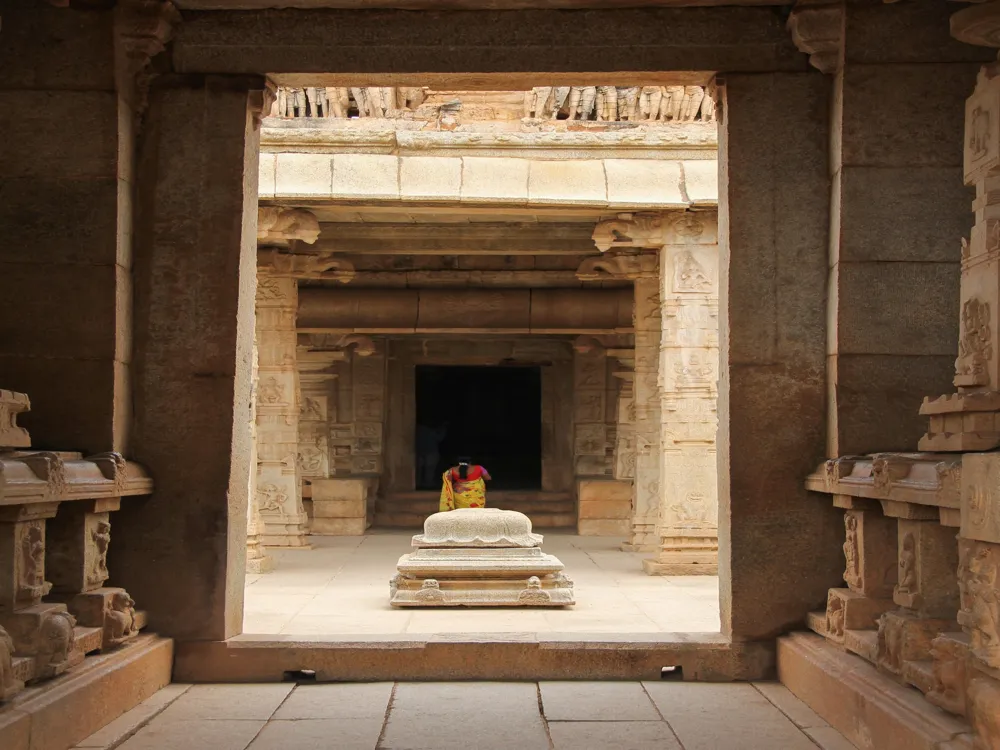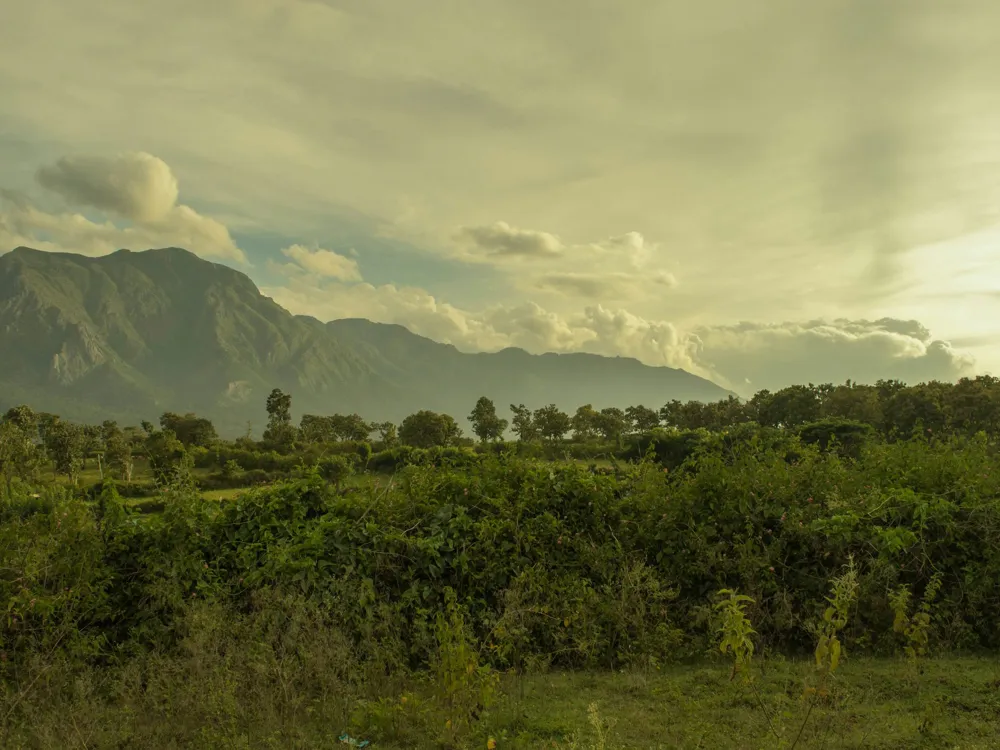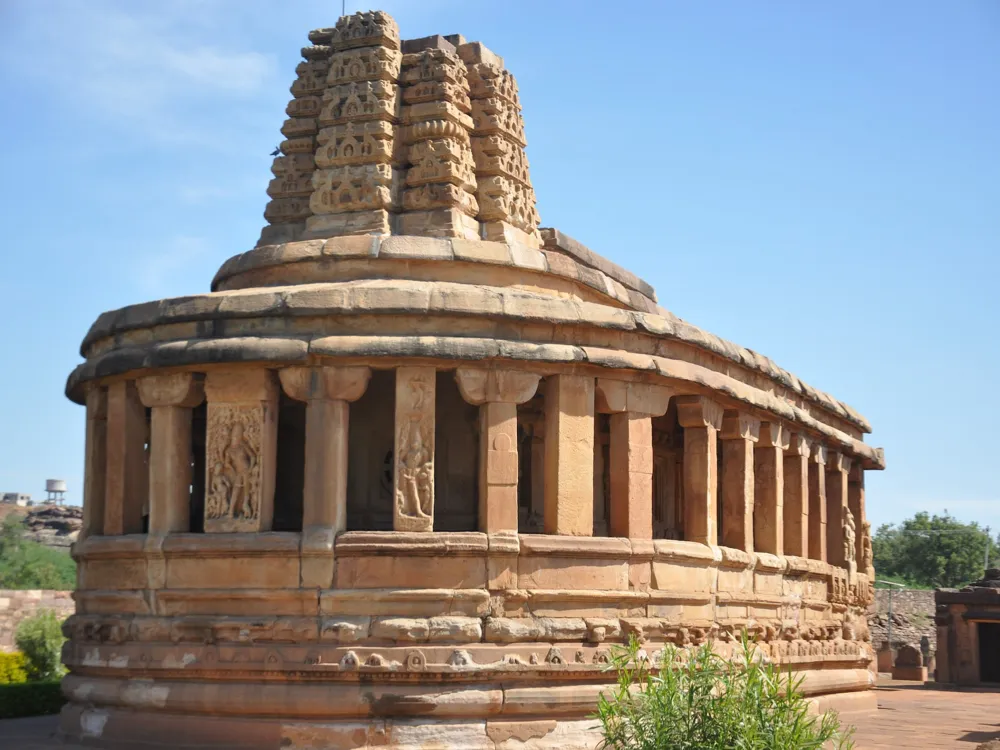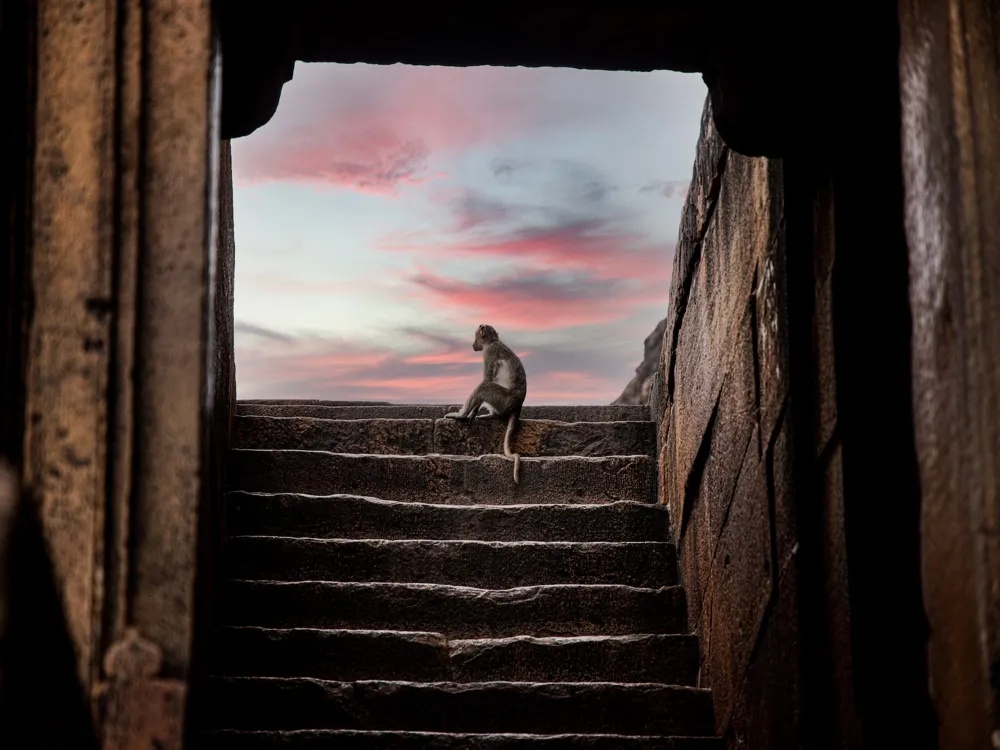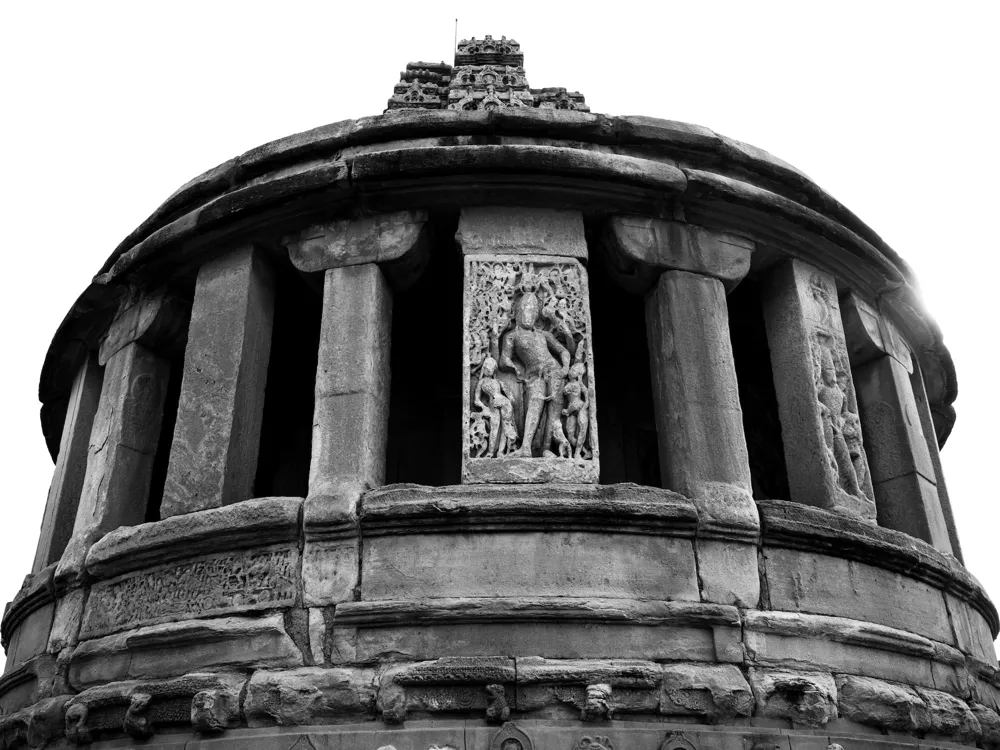Hampi, a UNESCO World Heritage Site, is a historical treasure in Karnataka, India, known for its splendid architectural ruins and vibrant history. Located within the ruins of the ancient Vijayanagara Empire, Hampi offers a window into a past filled with grandeur, innovation, and culture. The city's history dates back to the 14th century when it was the capital of the Vijayanagara Empire. Hampi was not only a political capital but also a significant religious and cultural center.
The empire's wealth and power were reflected in its architecture, with grand temples, markets, and public spaces that showcased advanced engineering and artistic skills. Hampi's unique landscape, dotted with large boulders and banana plantations, adds to its mystical charm. The Tungabhadra River flows serenely through the town, further enhancing its scenic beauty. The city was an important hub for trade, attracting merchants from far and wide, and was known for its bustling markets that dealt in spices, cotton, pearls, and gemstones.
However, in 1565, the city faced a significant setback when it was besieged and destroyed by the Deccan Sultanates, leading to a decline in its prominence. Despite this, the ruins of Hampi have stood the test of time, offering a glimpse into the lives of its former inhabitants and their architectural ingenuity. Today, Hampi is not only a historical site but also a place of spiritual significance, attracting thousands of pilgrims and tourists every year. Its rich history, combined with its serene natural beauty, makes Hampi a must-visit destination for those looking to explore India's cultural and historical heritage.
The architecture of Hampi is a testament to the ingenuity and skill of the Vijayanagara artisans. The city's ruins are spread over 16 square miles and include more than 1,600 surviving remains of the last great Hindu kingdom in South India. These include forts, riverside features, royal and sacred complexes, temples, shrines, pillared halls, mandapas, memorial structures, gateways, and defense check posts.
At the heart of Hampi's architectural marvels is the Virupaksha Temple, dedicated to Lord Shiva, which stands as a symbol of religious significance and architectural brilliance. The temple's main gopuram (tower) is a staggering 50 meters high and is a remarkable example of the Vijayanagara style of architecture. The Vittala Temple is another architectural masterpiece, famous for its extraordinary stone chariot and musical pillars that produce musical notes when struck.
Hampi's architecture is characterized by its large dimensions, cloisters, pillared halls, and towering gateways. The use of locally available materials, such as granite, played a crucial role in the construction of these structures. Intricate carvings, depicting scenes from Hindu mythology, epics, and folklore, adorn the walls and pillars, showcasing the artisans' attention to detail and storytelling prowess. The Lotus Mahal, with its blend of Hindu and Islamic architectural styles, reflects the secular nature of the Vijayanagara Empire.
One of the unique aspects of Hampi's architecture is the integration of natural landscape elements into its design. The large boulders and rocky outcrops were used effectively in the layout of the city’s fortifications, buildings, and temples. This harmonious blend of architecture and nature gives Hampi its distinctive and timeless appeal.
The ideal time to visit Hampi is from October to February when the weather is pleasant. The cooler temperatures during these months make it comfortable for exploring the extensive ruins and the natural beauty of the area.
Hampi is well-connected by road and rail. Visitors can find a range of accommodation options, from budget guesthouses to luxury resorts. It's advisable to book accommodation in advance, especially during peak tourist seasons.
Don’t miss out on trying the local cuisine, which includes South Indian staples and unique regional dishes. Hampi also offers a variety of shopping opportunities, particularly for handicrafts and souvenirs that reflect the local culture and craftsmanship.
Consider hiring a local guide to gain deeper insights into the history and architecture of Hampi. Visitors should also respect the cultural and religious significance of the site by dressing modestly and maintaining decorum in sacred areas.
Hampi is accessible by various means of transportation. The nearest airport is in Hubli, about 143 kilometers away. Visitors can also reach Hampi by train, with the nearest railway station being Hospet, which is about 13 kilometers from Hampi. For those preferring to travel by road, Hampi is well-connected with major cities and towns in Karnataka and neighboring states, offering a scenic drive through the countryside.
Overview of Hampi, Karnataka
Architecture of Hampi
Tips When Visiting Hampi
Best Time to Visit
Transport and Accommodation
Local Cuisine and Shopping
Guided Tours and Etiquette
How To Reach Hampi
Yantrodharaka Hanuman Temple
Hampi
Karnataka
NaN onwards
View hampi Packages
Weather :
Label : Must Visit
Tags : Temple
Timings : 6:00 AM - 9:00 PM
Time Required : 1-2 hrs
Entry Fee : No entry fee
Planning a Trip? Ask Your Question
Hampi Travel Packages
View All Packages For Hampi
Top Hotel Collections for Hampi

Private Pool

Luxury Hotels

5-Star Hotels

Pet Friendly
Top Hotels Near Hampi
Other Top Ranking Places In Hampi
View All Places To Visit In hampi
View hampi Packages
Weather :
Label : Must Visit
Tags : Temple
Timings : 6:00 AM - 9:00 PM
Time Required : 1-2 hrs
Entry Fee : No entry fee
Planning a Trip? Ask Your Question
Hampi Travel Packages
View All Packages For Hampi
Top Hotel Collections for Hampi

Private Pool

Luxury Hotels

5-Star Hotels

Pet Friendly








